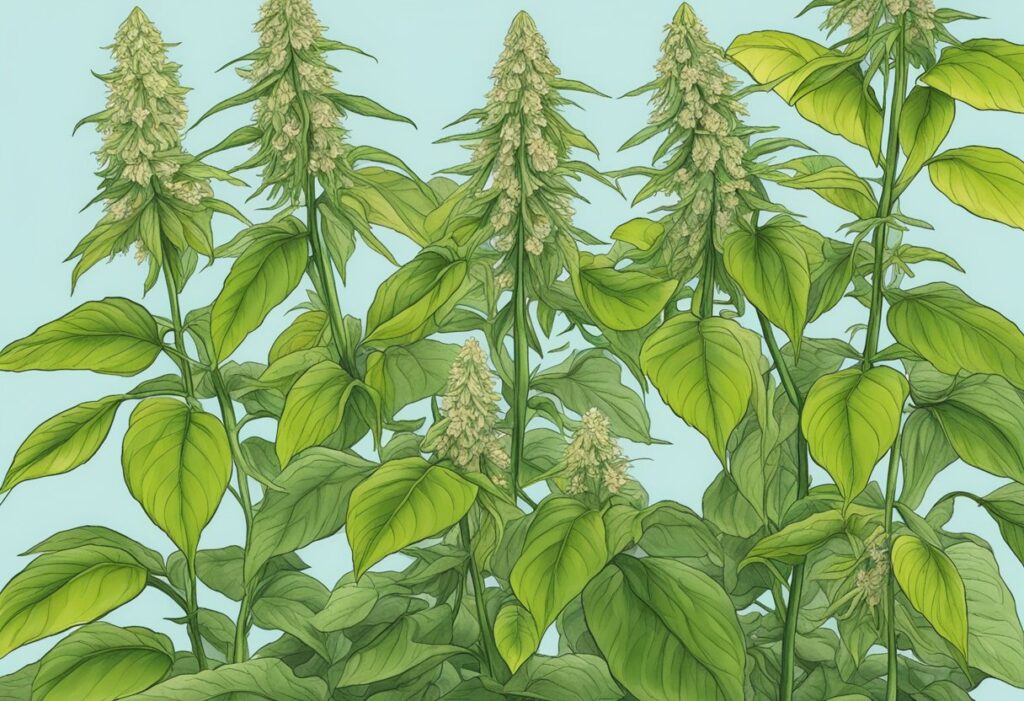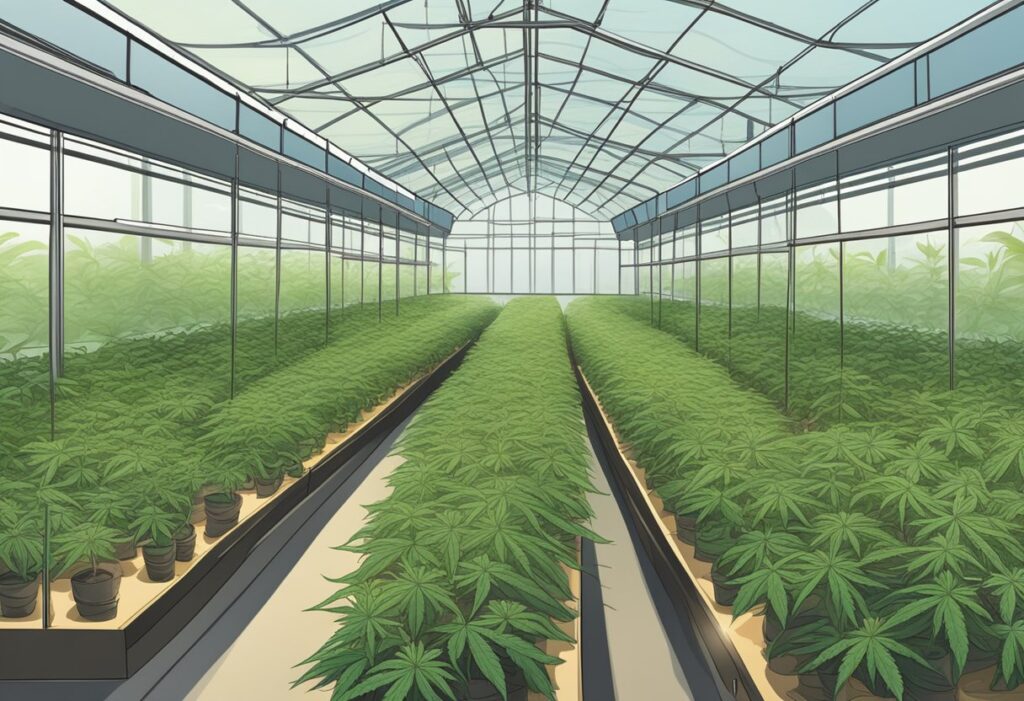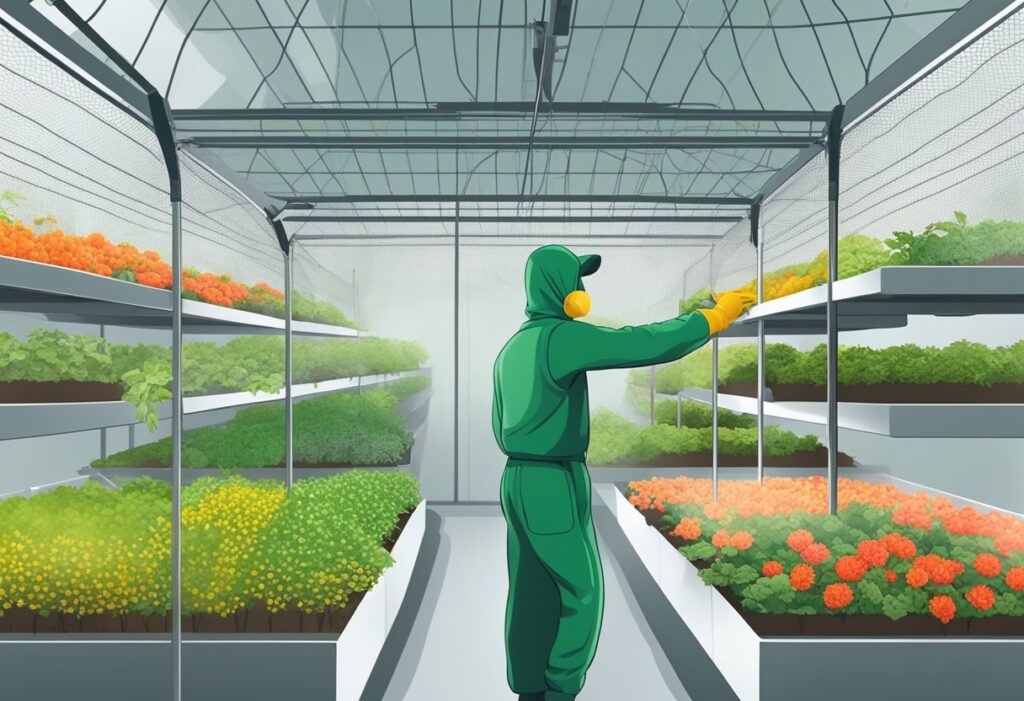
Autoflower seeds offer a resilient option for cannabis cultivation across Canada’s varied climates. The key to leveraging their potential lies in understanding the basics of autoflower genetics and their adaptability to diverse environmental conditions.
Autoflower seeds produce cannabis plants that switch from the vegetative stage to the flowering stage with age, rather than in response to light cycle changes. This genetic trait, inherited from Cannabis ruderalis, gives you the advantage of a predictable, shorter growing season normally ranging from 8 to 10 weeks total. In Canada, where summers can be brief, autoflower strains can complete their life cycle before the onset of harsh weather. With autoflowers, you’re looking at a straightforward cultivation process:
Plants from autoflower seeds are typically more compact, making them suitable for small gardens or forests with limited space. Plus, due to their shorter stature, they often require less water than their photoperiod counterparts—handy in regions where water conservation is essential.
Canada’s landscape is varied, from the dense forests of British Columbia to the open agricultural lands of the Prairies. Autoflower seeds are adaptable to these environments, but to ensure robust plant health, you must consider local conditions:
Recognizing the versatility of autoflower strains is essential in Canadian horticulture. Whether you’re cultivating for personal use or part of the larger agricultural community, by aligning your growing practices with the characteristics of autoflower seeds, you optimize the chances for a successful and healthy harvest.

In this section, you’ll discover how Integrated Pest Management (IPM) can be a crucial ally in your quest to protect your autoflower seeds from common pests and diseases that threaten cannabis cultivation in Canada.
To maximize your autoflower seeds’ potential, attention to your cultivation environment is imperative. Begin with selecting high-quality cannabis strains that are resilient to local growing conditions. This increases the likelihood of a robust crop capable of withstanding minor pest challenges. When planting outdoors, do consider the proximity to wild plants and non-cannabis crops to avoid cross-contamination. Indoors, it’s all about climate control systems that prevent pest-friendly conditions.
Prevention is your first line of defense against harmful pathogens and invasive insects. Create a schedule for regular monitoring of your cannabis seedlings to catch early signs of infestation. A diverse ecosystem with beneficial insects can support your crop by naturally controlling pest populations. Make sure to follow practices that limit standing water and maintain adequate airflow to discourage mold and mildew. Using non-toxic deterrents ahead of any signs of pests can also be a beneficial preventative measure.
As mandated by the Canadian Food Inspection Agency (CFIA), you must register with the Plant Protection Program to support national efforts in safeguarding food security and protecting the economy from invasive species. The CFIA provides a framework to help you understand your responsibilities in managing pests, including diseases and invasive insects, in line with community and industry standards. Compliance with these regulations is not just about care for your crop but also about contributing to the broader community’s well-being by mitigating the spread of plant diseases.
Remember that protecting your autoflower seeds goes beyond personal benefit; it integrates into a wider context of plant protection and responsibility towards the community and environment.

To ensure your autoflowering cannabis plants in Canada reach their full potential, focusing on the quality of yield is as important as protecting them from pests and diseases. This section covers practical steps you can take to optimize growth conditions and properly harvest and store your cannabis to maximize yields and produce top-quality buds.
Creating the ideal environment for your autoflowering cannabis plants involves careful attention to a few key factors. First and foremost, light is critical. Autoflowers prefer a light cycle that can range from 18 to 24 hours of light per day, unlike traditional photoperiod plants that require changes in light to transition into flowering. Equip yourself with the right industry-standard grow lights to provide consistent illumination.
Northern Lights is a strain known for its resilience and ease of growth, making it a good choice for Canadian growers looking for high yields and top-quality cannabis. Check with your local seed bank or shop for autoflowering varieties that are suited to your specific growing conditions.
When it’s time to harvest, your plants will signal readiness with the coloration of trichomes and pistils. This is when you’ll need your observational skills the most.
For storage, maintain an environment with stable humidity and temperature to preserve the therapeutic compounds of your cannabis. Vacuum sealing and storing in a dark, cool place can help keep your harvest fresh for extended periods and ensure that the CBD and THC do not degrade rapidly. Remember, the better the cure, the better the final product will be for both personal enjoyment and if you’re part of the cannabis industry, your customer’s satisfaction.
To protect your autoflower seeds from pests in the variable Canadian climates, start by choosing resistant strains. Use physical barriers like row covers, and maintain a clean environment. Regular inspections help in early pest detection, allowing for prompt control actions.
Apply pesticides only when necessary and as a last resort. Select products that are safe for cannabis and follow the label instructions precisely. Apply them during the early vegetative stage before the plants begin to flower to avoid contaminating the buds.
Health Canada’s Pest Management Regulatory Agency provides a list of registered pesticides for cannabis. These products have been assessed and approved for use. Always check the current list on the Health Canada website for up-to-date information.
Yes, natural predators like ladybugs and predatory mites are effective against pests like aphids and spider mites. You can source these beneficial insects from garden centers or online suppliers specializing in biological control agents.
Prevent diseases by ensuring proper air circulation around your plants and maintaining optimal humidity levels. Water your plants at the base to avoid wetting the foliage and select substrates that provide good drainage. Hygiene is key; sanitize your tools and avoid working with plants when they are wet.


WE ARE EVERY GROWERS ONE STOP SHOP TO ACQUIRE PREMIUM CANNABIS SEEDS FOR SALE IN THE USA, CANADA AND AUSTRALIA
Farmers Lab Seeds 2024,
All Right Reserved
Seeds are sold as novelty items, souvenirs, and collectibles. They contain 0% THC. We encourage our customers to check the legislation in their Country, State, Province, and Municipality prior to purchasing items from our store. We do not provide growing information.
All seeds are sold as hemp, and lab tested under 0.3% THC. This product is not for use by or sale to persons under the age of 21. This product should be used only as directed on the label. It should not be used if you are pregnant or nursing. Consult with a physician before use if you have a serious medical condition or use prescription medications. A Doctor’s advice should be sought before using this and any supplemental dietary product. All trademarks and copyrights are property of their respective owners and are not affiliated with nor do they endorse this product.
These statements have not been evaluated by the FDA. This product is not intended to diagnose, treat, cure or prevent any disease. Individual weight loss results will vary. By using this site, you agree to follow the Privacy Policy and all Terms & Conditions printed on this site. Void Where Prohibited by Law.